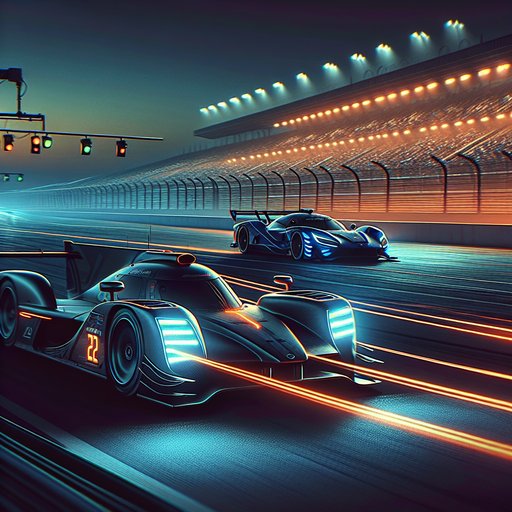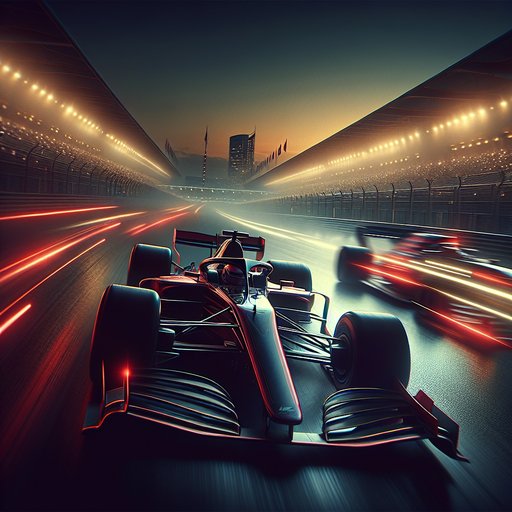
The idea began on a frozen mountain road, with a military jeep shaming a sleek sedan. It became a rally earthquake, then a quiet revolution on everyday streets. Audi’s quattro didn’t just win stages; it changed what fast, safe, and possible meant in the snow, on gravel, and under rain. It arrived to skepticism, rewrote rulebooks, survived a turbulent era, and left the sport of rallying permanently altered—along with the expectations of drivers who simply needed to get home in winter. This is the story of how a drivetrain with an unassuming lowercase name earned a mythic capital Q in the minds of racers and commuters alike.

October turns the Blue Ridge into a slow-motion parade, and the Parkway’s 45 mph limit makes it official. This loop starts and ends in Roanoke, Virginia, threading classic overlooks and trailheads while ducking into small towns for hot coffee and quick plates. It works by leaning into the pace: dawn departures, short stops, and off-parkway fuel and food. Over two days and about 360 miles, it hits Mabry Mill, Doughton Park, Grandfather Mountain country, and Floyd, balancing leaf-peeper traffic with timing and turnouts. The colors are the draw; the decisions—where to pause, where to pass, and where to eat—make it stick.

This season, the FIA and ACO have layered fresh safety regulation and technology into the World Endurance Championship and the 24 Hours of Le Mans, anchoring the booming Hypercar era with practical protections. Headline changes include the arrival of LMGT3 with contemporary FIA GT3 safety hardware, strengthened high‑voltage protocols for hybrids, and refined race‑neutralization procedures that balance incident response with sporting fairness. Together with ongoing tire management rules and upgraded trackside systems, the package aims to cut risk in mixed‑class traffic, improve marshal safety around electrified cars, and reduce the chance of secondary incidents during cautions.

Japan’s Super Formula has spent the past year sharpening its edge as the quickest spec single-seater championship in the world, pairing Dallara’s SF23 with fierce Toyota–Honda engine competition and a driver roster that keeps global talent scouts watching. The narrative arc has been defined by Ritomo Miyata’s 2023 title, Tomoki Nojiri’s sustained front-running form after back-to-back crowns in 2021 and 2022, and the ripple effect from Liam Lawson’s standout 2023 stint that amplified international attention. With stable regulations into 2024, the series has delivered tightly packed qualifying sessions, strategic variability, and race outcomes that reward precision as much as outright pace. What follows is a concise, fact-checked recap of the key headlines and results context that have framed Super Formula’s recent months, and why they matter to the wider open-wheel ecosystem.